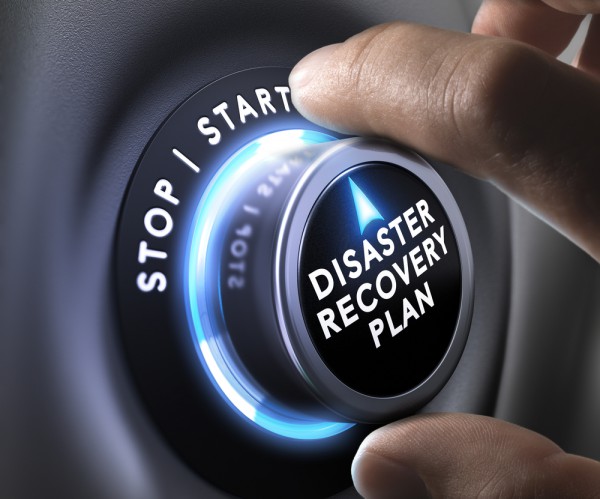Building better resiliency: Why DRaaS and BaaS?

As cases of ransomware continue to proliferate the news, many CEOs are approaching their CTOs and CSOs, asking, "What should we be doing?" When it comes to ransomware threats, it’s not if an attack will happen, but when -- and when again.
Proper threat mitigation for your business involves a two-pronged approach: preventative and restorative efforts. But far too often businesses are prioritizing their preventative measures instead of giving adequate attention to the restorative side of the equation -- which ransomware cybercriminals exploit. For example, in a recent Pulse Study on IT executives’ perceptions of managed resiliency, 32 percent of respondents claimed to favor preventative measures over restorative measures.
The Need for Greater Restorative Attention
When you open your company’s toolbox of the restorative preparedness, what do you have inside? To mitigate a ransomware event, there needs to be something to solve for both downtime and data loss. For this reason, your grouping of tools should include Disaster Recovery as a Service (DRaaS) and Backup as a Service (BaaS).
While DRaaS tends to focus on speed of recovery for your entire infrastructure, BaaS focuses on the retention of data. These varying areas of focus are why pairing DRaaS and BaaS together makes all the difference when it comes to cyber threats like ransomware.
The Perfect Marriage for Resiliency
When paired together to complement each other, DRaaS and BaaS make the perfect marriage for full business resiliency. BaaS protects data above all else, which is essential for ensuring critical IP is safe from loss. DRaaS replicates not only copies of your data but also the infrastructure upon which your applications rest, which emphasizes fast recovery when needed.
While BaaS takes longer to retrieve and recover, sometimes this is exactly what you need for a cyber event like ransomware, where QA steps are critical before sending into production. It also saves on costs at a time when IT budgets must optimize wherever possible, where not having all datasets readily accessible at a moment’s notice is ideal for all recovery scenarios.
The Roles of DRaaS and BaaS in Recovery
The biggest upside for having both DRaaS and BaaS is the ability to match the specific needs of your datasets to the speed of recovery and type of data protection offered by each solution. This leads to optimized operations following a disaster, as well as cost savings at every turn. For example, if you have need to archive some data for compliance reasons, but don’t necessarily need to recover that data fast, then BaaS is a perfect lower-expense option that also emphasizes the upmost security. Some BaaS solutions allow for immutable backups too, which guard against dormant ransomware deleting your files before blooming.
Alignment with Your Long-Term Strategy
In every decision for your resiliency program, it’s important to tie those decisions back to your long-term company strategy before signing anything on paper. You don’t want the sunken costs of repurchasing hardware, for example, if your company plans to go to the cloud in the next year. DRaaS and BaaS carry many benefits for organizations looking to gain increased agility without sacrificing protection of their most crucial assets; however, engaging with a trusted provider will be key to unlocking the full potential of these solutions.
Photo Credit: Olivier Le Moal/Shutterstock
Jeff Ton is a Strategic IT Advisor at InterVision.